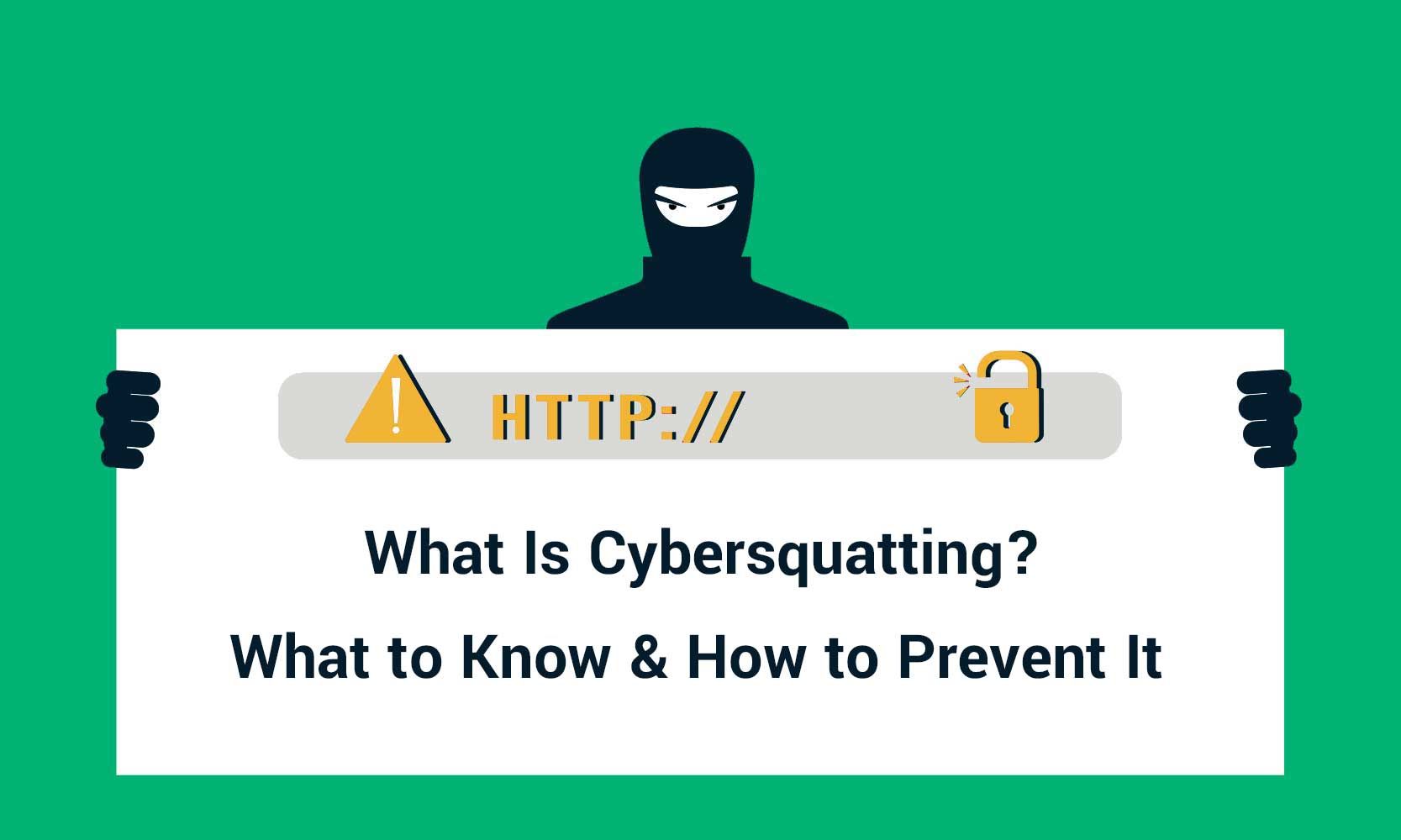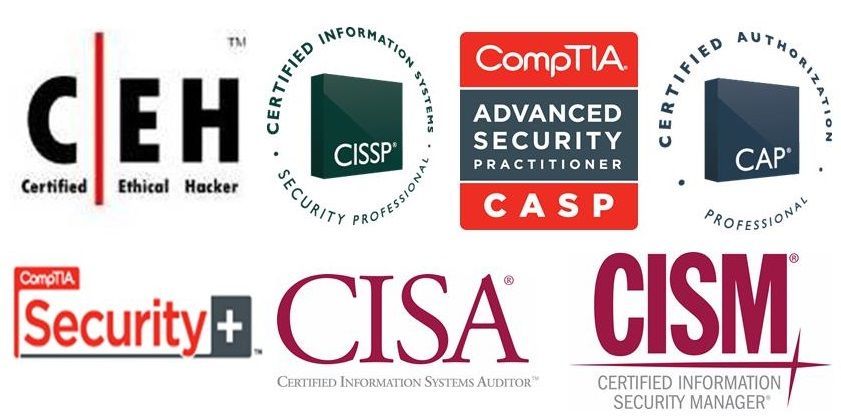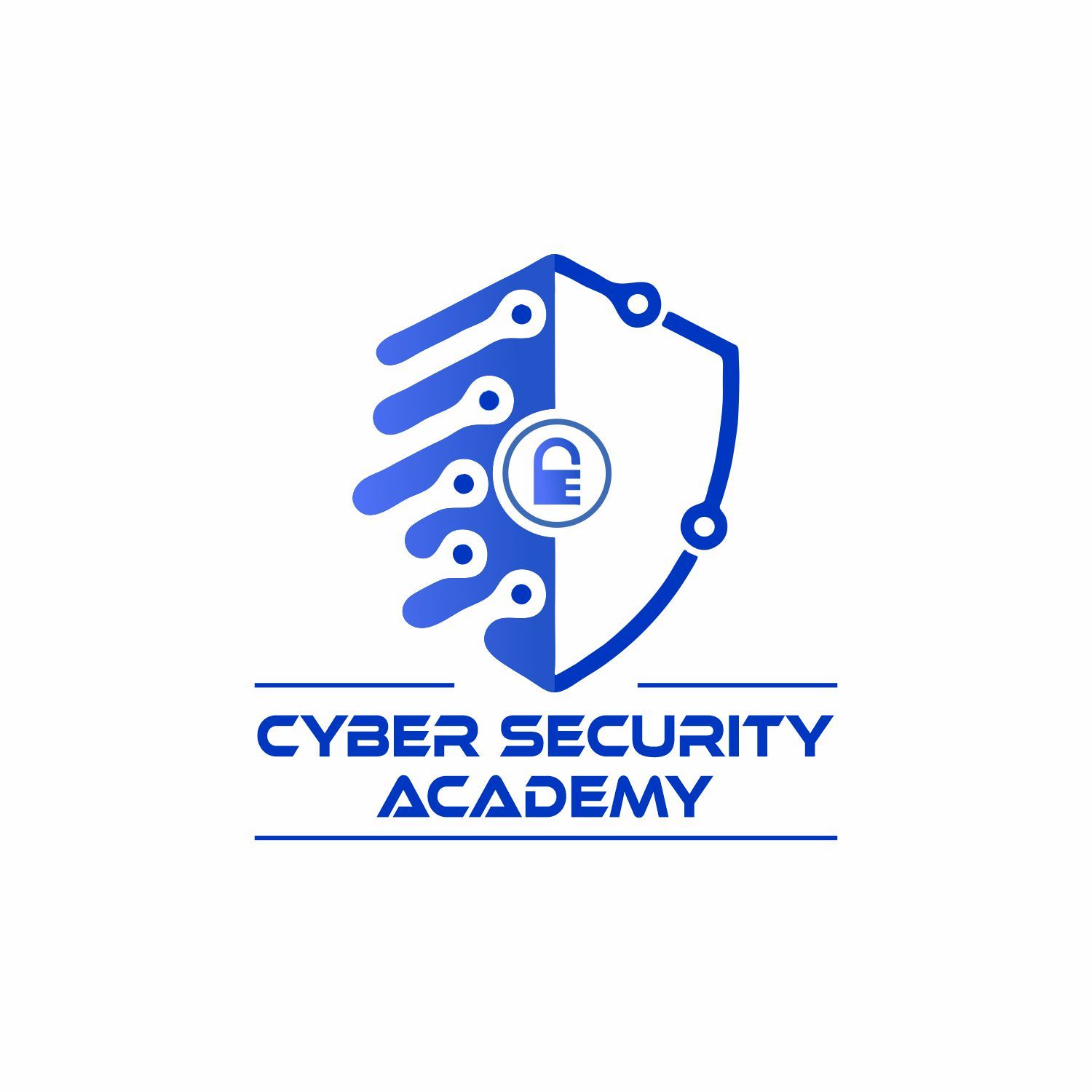Domain Squatting: Risks, Challenges, and Opportunities
Write about something you know. If you don’t know much about a specific topic that will interest your readers, invite an expert to write about it.

Domain Squatting: Risks, Challenges, and Opportunities
Domain squatting, also known as cybersquatting, is a practice where individuals or entities register domain names with the intent of profiting from their sale or lease. This can pose significant risks and challenges for businesses and individuals. However, understanding these issues can also reveal opportunities for strategic advantage. Here’s a comprehensive look at the risks, challenges, and opportunities associated with domain squatting.
Risks of Domain Squatting
- Brand Identity Threat
Squatters can register domains that closely resemble your brand name, potentially confusing your customers and diluting your brand identity. This can harm your reputation and erode trust.
- Loss of Traffic
If a squatter acquires a domain similar to your business’s website, they may redirect traffic to their own site, leading to a loss of potential customers and revenue.
- Increased Costs
Recovering a domain from a squatter can be expensive. This may involve legal fees, negotiation costs, and potential settlement payments, which can strain your budget.
- Legal Disputes
Resolving domain squatting issues often requires legal action. This can lead to lengthy and costly legal disputes, which can be detrimental to your business’s operations and financial health.
- SEO Impact
An improperly managed domain or a domain similar to your brand name can impact your search engine rankings. This can reduce your online visibility and organic traffic.
Challenges of Domain Squatting
- Legal Complexity
Domain squatting cases often involve complex legal proceedings. Understanding domain name laws and regulations, such as the Uniform Domain-Name Dispute-Resolution Policy (UDRP), can be challenging and requires legal expertise.
- Identifying Squatters
It can be difficult to identify squatters, especially if they use privacy services to mask their identity. This can complicate efforts to reclaim the domain.
- Preventative Measures
Implementing measures to prevent domain squatting, such as securing various domain extensions and monitoring domain registrations, can be resource-intensive and requires ongoing vigilance.
- Enforcement of Rights
Enforcing your rights to a domain name often involves navigating legal frameworks and proving that the squatter’s use of the domain infringes on your trademark rights.
Opportunities Related to Domain Squatting
- Strategic Domain Acquisition
If you’re aware of common domain squatting practices, you can strategically acquire domain names related to your business before squatters do. This can enhance your online presence and prevent potential squatting issues.
- Brand Protection
The threat of domain squatting can lead to better brand protection strategies. Investing in trademark registration and monitoring services can strengthen your brand’s legal standing and deter potential squatters.
- Enhanced Vigilance
Understanding the risks and challenges of domain squatting can encourage you to stay vigilant about domain management. This proactive approach can help you identify potential issues early and address them before they escalate.
- Negotiation Leverage
If you encounter a domain squatter, you may have the opportunity to negotiate a favorable settlement. Depending on the circumstances, this could result in acquiring the domain at a reasonable cost.
- Market Insights
Analyzing domain squatting trends can provide insights into market behavior and competitive strategies. This knowledge can inform your domain and digital marketing strategies, giving you a competitive edge.
Conclusion
Domain squatting presents significant risks and challenges, including brand identity threats, legal complexities, and increased costs. However, by understanding these issues, businesses can take proactive steps to protect their domains, acquire strategic assets, and leverage opportunities for enhanced brand management and market positioning. Stay informed and implement robust domain management practices to safeguard your online presence against potential squatting threats.


